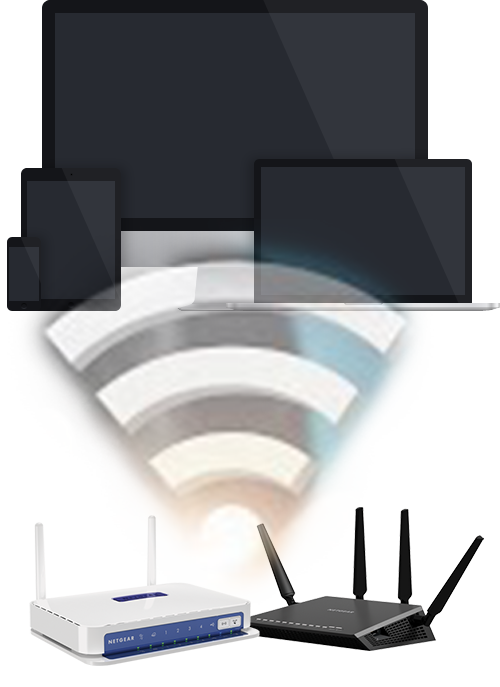Wi-Fi has come to be an important portion of our hectic everyday lifestyles. Due to Wi-Fi, we no longer have to be tethered to the Net with cables. But have you ever quit to question how it works?
My Wi-Fi extender makes use of radio waves to transfer information among your tool and a modem via frequencies. Two radio-wave rates can be used, depending upon the volume of data being actually sent: 2.4 gigahertz and 5 gigahertz. What does that way, though? Well, a hertz is merely a size of frequency. As an example, let's say you're remaining on a beach, watching the waves accident to shore. If you measured the time between every wave collision, you 'd be measuring the constancy of the waves. One hertz is a frequency of one wave per second. One ghz, meanwhile, is one billion waves per second. The higher the frequency, the greater the amount of data transferred per second.

Both Wi-Fi frequencies are split into several channels so about prevent high web traffic and disturbance. When it
